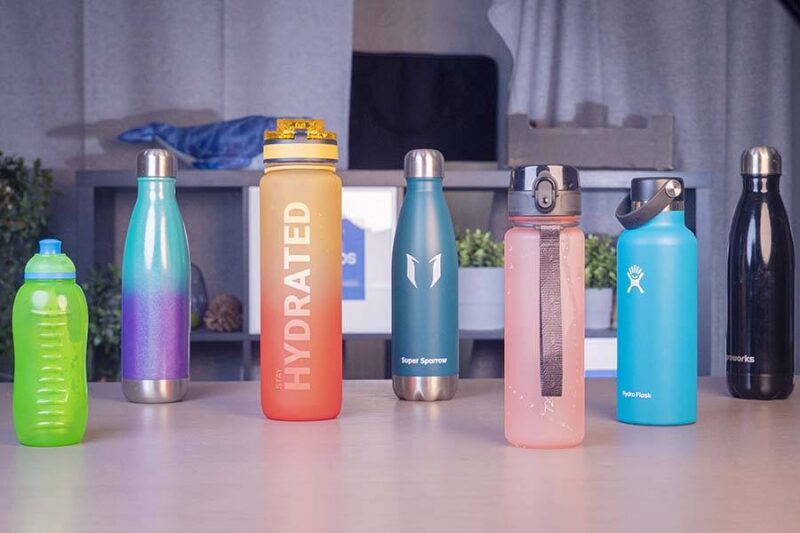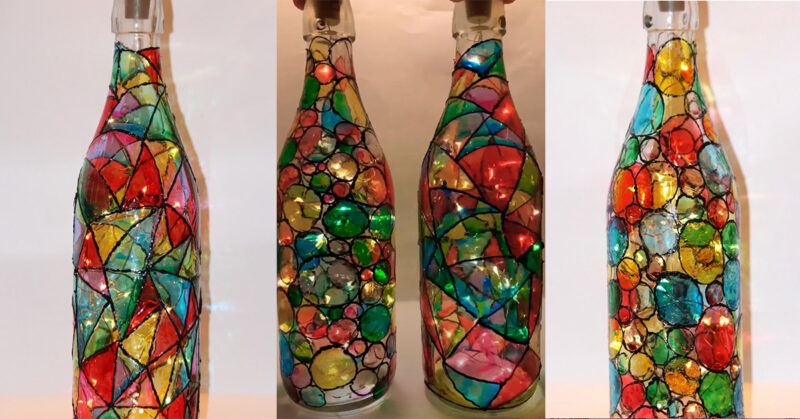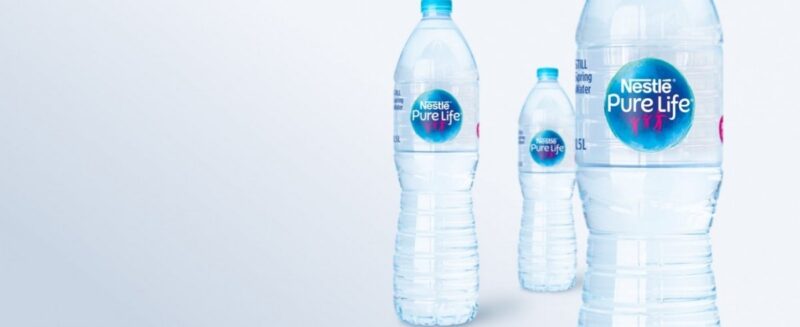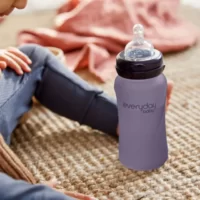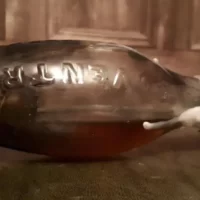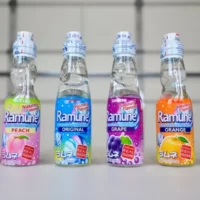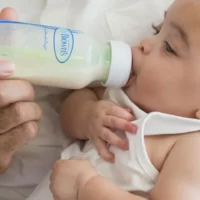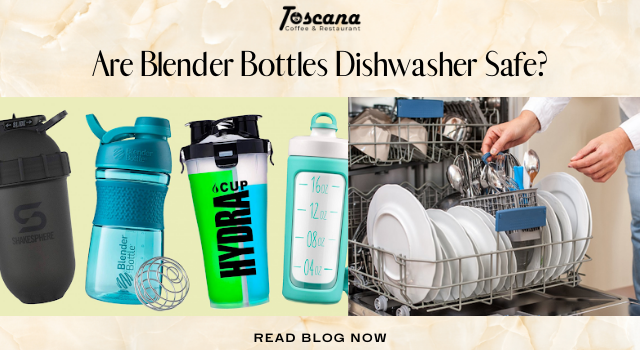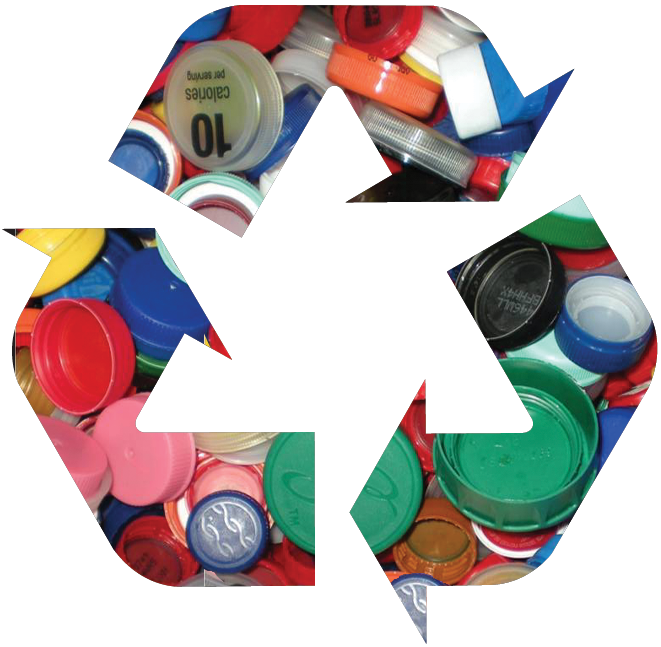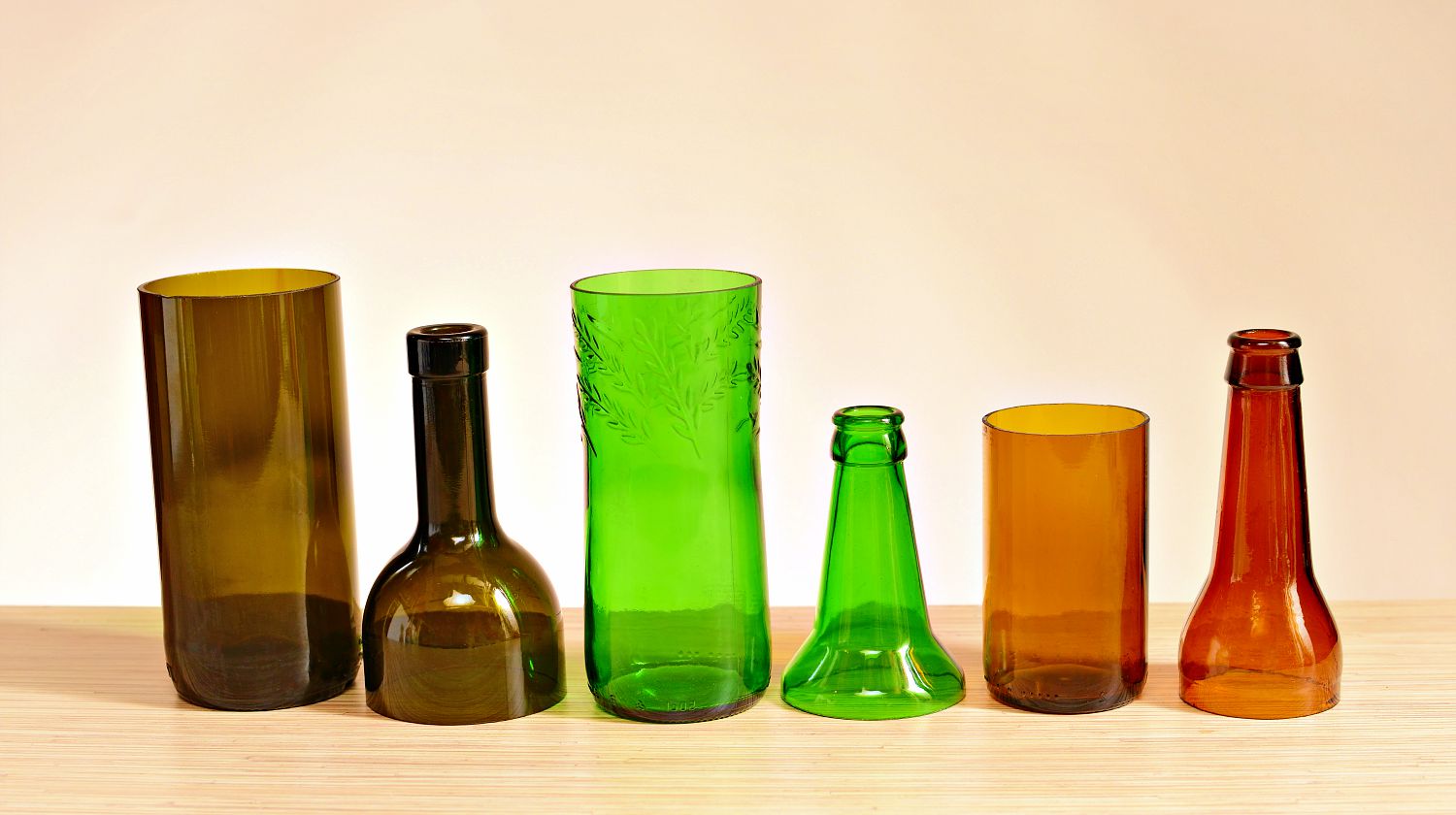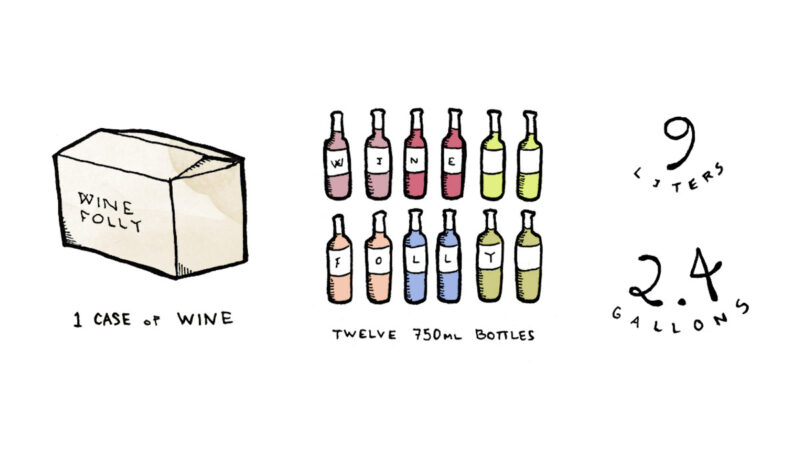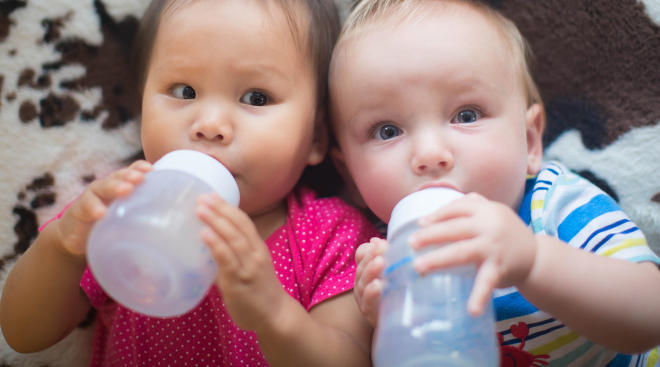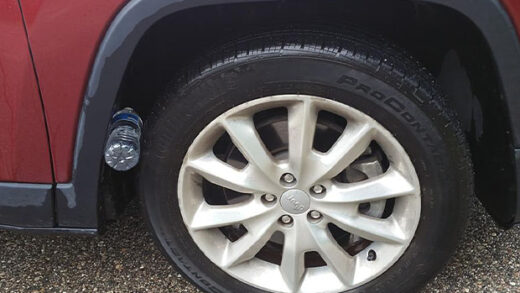An exciting milestone that teaches your baby a new skill and occasionally allows you to take a break is introducing him to the bottle.
There are many reasons you might want to introduce bottles to your breastfed baby, including the fact that your maternity leave is coming to an end, you want your partner to have a chance to feed the baby, or, let’s be honest, you just need a break. Which bottle to choose is the biggest challenge.
Since every baby is unique, the best bottle for breastfeeding your baby is the bottle that your baby will take.
This article introduces our top 11 picks of bottles for breastfeeding for your reference. Keep reading!
Table of Contents
Best Bottles List For Breastfeeding
- 1. Comotomo Natural-Feel Baby Bottles: Best Travel Bottle for Breastfed Babies
- 2. Baby bottles with the Munchkin Latch: Best Anti-Colic Breastfeeding Bottle
- 3. Kiinde Twist Natural Feeding Bottle: Best Easy-to-Clean Baby Bottle
- 4. Bottles from NUK Simply Natural: Best Budget Breastfeeding Bottle
- 5. Nanobebe Baby nursing bottles: Best Innovative Breastfeeding Bottle
- 6. Bottle kit for Mimijumi Get Going: Best Plastic Breastfeeding Bottle
- 7. Philips Avent Natural Glass Baby Bottles: Best Glass Bottle for Breastfed Babies
- 8. Playtex Bottle with Disposable Liners: Best To Clean Up
- 9. Lansinoh mOmma NaturalWave Bottle: Best Short Nipple Choice
- 10. Tommee Tippee Closer Nature Bottles: Best Helps For Natural Latch
- 11. Dr. Brown’s Wide Neck Bottle: Best Wide Neck Breastfeeding Bottle
Best Bottles For Breastfeeding Review
1. Comotomo Natural-feel Baby Bottles: Best Travel Bottle For Breastfed Babies
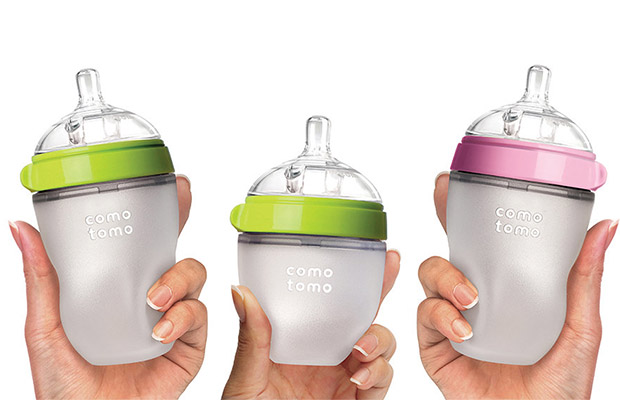
These are the easiest examples of all. Because it is so easy to put together, if you don’t have access to a dishwasher, you can clean this extremely wide-neck bottle with your entire hand.
These are the closest things you can find to breastfeeding.
The nipples are large and plush. Even the bottle’s base is flexible, which is a dramatic departure from most other bottles and allows your baby to grab and squeeze the bottle while she feeds, just like she does with your breast.
They are suitable for microwaves, dishwashers, or boiling water. You can also put your baby bottle sterilizer in there if you have one. Regardless of the sterilization technique you pick, it won’t melt or warp.
The entire bottle, including the nipple and the base, is made of silicone. Additionally, these have two anti-colic vents in case you’re concerned about colic.
Pros
- These bottles can withstand all the heating and pressing you can dish out.
- These can be cleaned without the use of a bottle brush, which is great for trips.
- will enable you to prevent bottle rejection.
Cons
- These bottles cost a fair bit of money.
- Once warmed up, they may emit a plastic-like odor.
2. Munchkin Latch Newborn Bottles: Best Anti-colic Breastfeeding Bottle
For a fair price, this set provides a lot of value. You will receive three 4-ounce bottles, three sealing discs, one stage two medium flow nipples, and two slow flow nipples. Although these are sold separately, the pump adapters will let you connect these to a variety of breast pumps.
Because of the stretchiness of the nipple, which encourages the right latch, these bottles are a good option for preventing colic. The nipple will move with your baby’s mouth if the latch is done correctly, ensuring that your baby inhales less air with each sip. The base’s anti-colic valve also lessens any gas your infant might experience as a result of feeding.
Since everything in this set is made of plastic and silicone, it can all be cleaned in the top rack of a dishwasher. Additionally, Munchin took home the 2015 American Baby’s award for Best Bottle Selected by Moms.
Pros
- Affordable and packed with extras.
- The colic is lessened thanks to the anti-colic valve and latch nipple.
Cons
- It’s challenging to clean the anti-colic valve.
- To avoid a leaky bottle, you must ensure that everything is assembled perfectly.
3. Kiinde Twist Natural Feeding Bottle: Best Easy-to-clean Baby Bottle
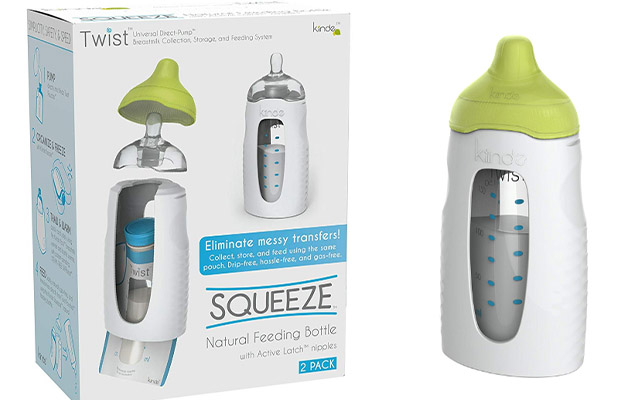
These Kiinde bottles, which are sold in sets of two, are a pretty cutting-edge choice for nursing mothers. To avoid having to transfer your milk from storage bags to bottles, simply pump directly into Twist Pouches (using a pump adapter that is sold separately). The milk in the pouch simply snaps into the bottle after being thawed and heated. Simply put on a nipple.
You spend less time cleaning and more time because of the components and process. The nipple makes the transition from the bottle to the breast easier because your baby must rub and suck the tip in order to access the milk.
Pros
- Pump-compatible
- Top-rack dishwasher safe
- Time-saving
Cons
- Flow is on the faster side
4. Bottles From Nuk Simply Natural: Best Budget Breastfeeding Bottle
This three-pack of 9-ounce breastfeeding bottles offers excellent performance at a reasonable cost. If you buy these, you won’t have to upgrade from any newborn bottles you might have thought about buying because they are so large.
It has multiple nipple holes that create the impression that your baby is sucking on your breast more realistically. The nipple may have up to nine tiny holes, depending on what flow it is. Additionally, your baby won’t break her latch as frequently because the wide silicone nipple stretches with her motion.
These employ a one-piece anti-colic system to aid in reducing spitting up and gas. You won’t have to bother trying to remove a lot of difficult pieces because the colic system is built into the bottle.
Because the bottles are stain-resistant, they will remain in better condition for longer. This bottle’s ergonomic design makes it comfortable to hold while your baby is being fed.
Pros
- Inexpensive option.
- They are simple to clean because they have an integrated anti-colic system.
- It is easier to transition from the bottle to the breast because the milk comes from multiple holes, just like a real breast.
- If she doesn’t form a good latch, the milk won’t come out of the bottle.
Cons
- Taking off the top cap can be challenging.
- When feeding, you must place the bottle correctly because of a tiny air hole at the top of the nipple.
5. Nanobebe Baby Nursing Bottles: Best Innovative Breastfeeding Bottle
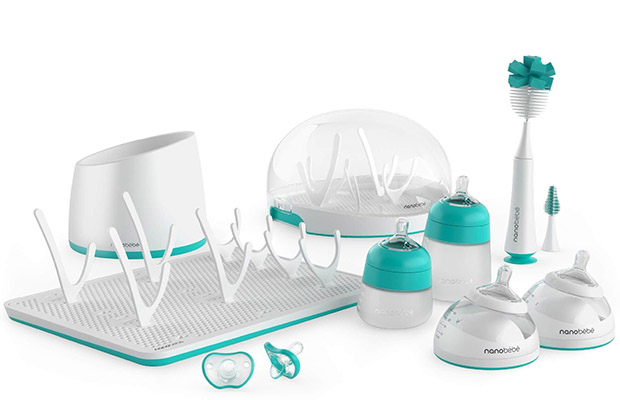
These “bottles” are a genuine attempt by Nanobebe to break the mold.” The design features a hollowed dome that resembles an upside-down bowl, making it the most breast-like shape on this list. You or your baby should hold around the lower rim of the nipple, which is angled on one side.
The designers of this bottle claim that the design optimizes heating and cooling in such a way that the vitamins and minerals are not damaged on their journey from your breast to your baby, which is important if you’re worried about retaining as much of the nutritional content of your pumped milk as possible.
These bottles stack well and can be pumped directly into them thanks to their concave shape. Additionally, they are anti-colic and will prevent bacterial growth for added security.
Pros
- Because of the way it is stored inside, milk cools and warms more quickly.
- Supports colic and reflux.
- For self-feeders, the shape should be chunky and tactile.
Cons
- You cannot see your baby’s face as you feed due to the large, somewhat awkward shape.
6. Bottle Starter Kit From Mimijumi: Best Plastic Breastfeeding Bottle
This bottle set should appeal to your baby visually. Surprisingly boob-like and appearing and feeling authentic, the large, flesh-colored nipple is of a large size. Your baby might do a double-take when they see it because it looks so realistic.
Four bottles total—two in the larger, Very Hungry size and two in the smaller, Not So Hungry size—are included in the set. These are incredibly simple to put together and require almost no assembly. Because the nipple screws directly onto the bottle, you don’t even need to use a ring to secure it to the base.
Pros
- Nipples that are realistically shaped and felt.
- Simple to assemble and keep clean.
- Helps fight colic.
Cons
- These things cost a lot.
- It can be a little tricky to correctly screw on the nipples without having leaks.
7. Philips Avent Natural Glass Baby Bottles: Best Glass Bottle for Breastfed Babies
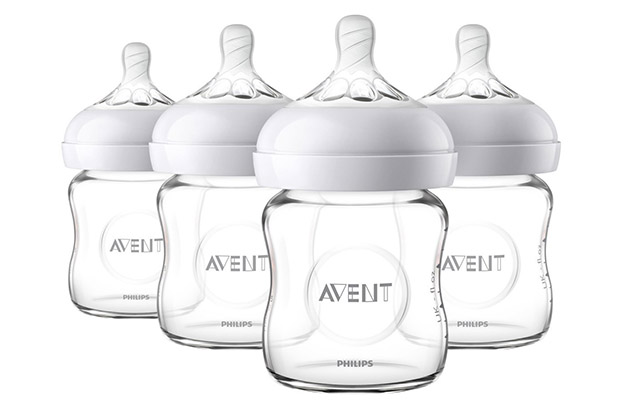
Many Philips Avent products are designed to help mothers have a successful breastfeeding experience. These are merely additional weapons in the arsenal for that specific conflict.
Each of the three bottles in this set has a maximum capacity of 4 ounces. Their realistic nipple is what really sets them apart when it comes to bottle-feeding breastfed infants. The soft silicone nipples are wider than most other nipples, which should give your baby the impression that they are breasts.
They are straightforward and simple to use, and they have an integrated anti-colic system that doesn’t require any hassle to assemble.
These are made by Philips using sturdy borosilicate glass, so your baby won’t consume any dangerous chemicals as he might with a plastic bottle.
Pros
- These are simple to clean or fill without spilling thanks to the wide neck.
- Any Avent brand nipple will work.
- Your baby ought to feel more at ease thanks to anti-colic features.
Cons
- Your baby will outgrow these in a few months because they are smaller.
- They are not designed to withstand abrupt temperature changes, like going from the freezer to a bottle warmer.
8. Playtex Bottle with Disposable Liners: Best To Clean Up
These Playtex bottles feature a very resourceful disposable bag system: simply add a liner to the bottle and fill with milk as usual, then discard the liner once you’re done — they’re recyclable.
Along with helping to reduce the number of dishes to be washed, the liners also act as an anti-colic measure. No air is let in as your baby drinks because the bag collapses along with the vacuum. In order to start a feeding session as soon as possible, the bottles are BPA-free and the liners are pre-sterilized and ready to use.
A unique bending feature on the bottle itself allows it to bend in any direction, and the top can hinge slightly to let your baby adjust the angle of the bottle however they like.
Pros
- Sterilized bags provide additional hygiene.
- generous milk supply for larger/hungrier infants.
- Even using just one hand, assembly is not difficult.
Cons
- If your baby drinks less than the bag can hold, you’ll need to be careful to make sure that the bag is completely airless before you put it in the bottle.
9. Lansinoh mOmma NaturalWave Bottle: Best Short Nipple Choice
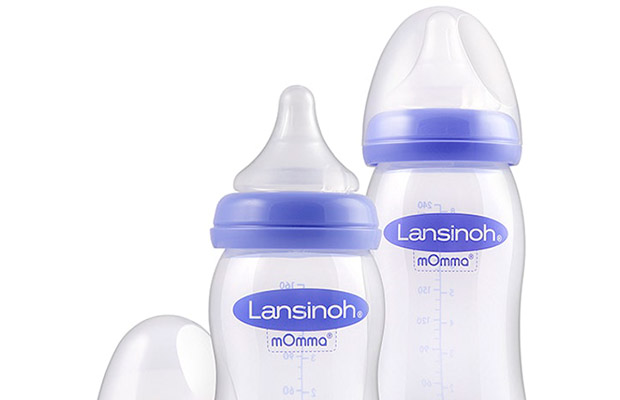
Even from parents who have had difficulty converting their infants to other brands, these Lansinoh bottles consistently receive positive reviews. Sometimes all it takes to get a baby to accept something is a slight deviation from the norm in shape. This one feels shorter in the mouth because the surface is thick and matte, and the nipple itself tapers off less sharply.
The sucking motions your baby would be practicing at your breast are exactly what this NaturalWave design is intended to encourage. To properly develop the mouth and achieve a good latch, these movements are required.
The bottle is made entirely of durable plastic, with the exception of the nipple, and it has a wide, cleanable neck. Along with fitting a variety of other brand nipples, many mothers have found that this bottle works with them as well.
Pros
- An excellent option for even picky infants.
- Shallow and matte nipple; natural feeling.
- The nipple won’t collapse, so your baby can’t invert it and make a mess.
Cons
- For very young infants, the nipple might be too quick.
- Because of their flexibility, nipples occasionally crack and leak.
10. Tommee Tippee Closer Nature Bottles: Best Helps For Natural Latch
The distinctive shape of Tommee Tippee bottles fits little hands very well. The nipple has been meticulously created by breastfeeding experts to closely resemble a breast, with a wide base, flattish profile, and long, natural-looking nipple. Within three tries, this company claims that more than 90% of infants will accept this nipple.
Your baby won’t be sucking in a lot of air once they do successfully form a latch thanks to the varied flow rates available and the sophisticated anti-colic valve mechanism.
Whatever your position, you can find a comfortable hold because there are several ways to hold the bottle’s body. To accommodate your baby’s appetite, choose a bottle size from 5, 9, or 11 ounces.
Pros
- Realistic and simple to grasp nipple.
- Great for babies who have rejected other bottle designs.
- superior materials that are non-toxic.
Cons
- Occasionally, the side measurements will rub off.
- If your child is prone to chewing, the nipples may require replacement more frequently than other brands.
11. Dr. Brown’s Wide Neck Bottle: Best Wide Neck Breastfeeding Bottle
Wide-necked Dr. Brown bottles are consistently reliable all-around, and this wide-necked model is no exception. The bottle offers a feeding experience that is as similar to being at mom’s breast as possible and is made of shaped BPA-free plastic that is comfortable for both you and your baby to hold.
A straw valve that lowers colic, gas, and spit-up is part of the venting system. You can either take it apart and clean it that way, or you can sterilize the bottles and put everything in the dishwasher. The bottles come in packs of 2 to 8 depending on your needs, and they are reasonably priced. Both a 4-ounce and an 8-ounce bottle are offered.
This bottle will allow you to accomplish two goals at once if you have a baby who occasionally exhibits colicky symptoms or is displaying signs of nipple confusion.
Pros
- The milk’s air bubbles are actually completely removed by the vent system.
- It is BPA-free and dishwasher-safe.
- Strong, durable fabric that endures multiple items of washing.
Cons
- The inner valve can be a little challenging to clean.
- Some people have discovered that the bottles leak.
- Several pieces to put together
Related Reading: How To Use Dr. Brown’s bottles?
When Should You Start Bottle Breastfeeding?
Allyson Murphy, a Laid Back Lactation international board certified lactation consultant, advises introducing a bottle between three and six weeks of age. “This is so they can naturally suck on whatever you put in their mouth at that age, she explains.
When compared to bottle feeding, breastfeeding requires a very different oral motor skill. (To be bilingual, according to Murphy.) The best chance for the baby to learn both “languages” is to introduce the bottle between three and six weeks of age.”
The bottle can be introduced now if breastfeeding is going well.
What Your Breastfed Baby Wants In A Bottle
It’s important to plan ahead when purchasing bottles for breastfed infants; you can’t just pick up any bottle and call it good. Furthermore, you don’t want to run the risk of your child developing bad habits on a nipple that was not designed well, turning them off breastfeeding for good.
Put yourself in the baby’s shoes and take the following into account when selecting the ideal feeding alternative so that they won’t snub you the next time you offer them a real breast.
Flow Speed
The flow speed is closely associated with this. Take note that your own breasts are not exactly milk hoses! You want a flow that is consistent with your own, neither too fast nor too slow.
The Feel
In order to keep your baby from getting confused, any bottle you choose must feel similar to your breast. This entails avoiding weighted or oddly shaped bottles that require more motor coordination than your baby may have at this time. Seek out silicone models with rounded, soft bodies.
The Nipple
The main consideration is this. The nipple actually makes your baby work for the milk, just like it would if they were nursing from you. They will always prefer a nipple that just dispenses milk into their mouths without requiring them to latch or exert any effort. Additionally, the shape and responsiveness of the nipples should resemble your own as closely as possible. Look for “accordion” style nipples that flex and bend as your baby feeds.
The Shape
Babies may not have fully developed brains yet, but they still recognize people and things by appearance (1). They will take to a round bottle that resembles a breast if you breastfeed them for the first few weeks before switching to it. Consider using a bottle that is tilted to simulate the natural breastfeeding position.
Venting
A baby makes a vacuum when they suckle. Your breasts will benefit from this because it keeps the milk flowing. Air bubbles, however, can form in bottles and cause your baby to have colic or experience gas. This air can escape through vents either through the top, bottom, or a special straw. A more natural milk flow can be achieved by venting.
Tips To Introduce A Bottle To A Breastfed Baby
When introducing the bottle, Murphy suggests a few things:
- Upright hold. When nursing from the breast, a baby is typically held differently than when being bottle-fed. Babies who are being breastfed must suck vigorously to remove milk. When you are bottle feeding, you should make every effort to mimic that as closely as you can. Hold your child a bit more upright and hold the bottle parallel to the ground so the milk will be directed at them rather than down into them. As a result, they must exert effort in order to obtain the milk rather than having gravity do so.
- Paced feeding. Babies who are breastfed frequently pause while eating. To prevent the faster flow of the bottle nipple from becoming overwhelming, pace bottle feedings as well. Every few minutes, pause and allow the infant to slowly drink the bottle. Additionally, it stops them from deciding that nursing at the breast is too difficult and instead prefers a quick, simple bottle.
Some infants will easily transition from breast to bottle. However, for some people, it’s not that simple. For a smoother transition, Murphy offers some advice.
- Create a successful environment. Introducing a breastfed baby to their first bottle at two in the morning is not the best time to do anything. The same holds true for a particularly worn-out or irritable day. Choose a time of day when the baby (and whoever is feeding them!) is most likely to be cooperative.) is in a good mood.
- Start slow. To get a breastfed baby accustomed to taking a bottle, Murphy advises using a slow flow nipple and starting with one feeding per day. Whether it’s a full feeding or just a few ounces, the important thing is to start out slowly and progress.
- Make several attempts. When introducing the bottle, patience is essential, just like in so many other aspects of parenting. If your baby doesn’t take to the bottle right away, try not to panic. (We understand that it is easier said than done.) Try your best not to get frustrated because drinking from a bottle is new for both you and your child, just like breastfeeding is. Murphy advises putting the bottle away and trying again the next day if you can tell that things aren’t going well.
- Switch it up. A parent who is nursing their baby will frequently encounter a refusal. Change things up if you discover that to be the case. Ask your significant other, a grandparent, a caregiver, or a friend to shake the bottle. To mix things up, you can also try feeding in a different position, such as while moving around or in an upright bouncer so you can see the baby latch on the bottle nipple.
- Consistency is key. Murphy claims that inconsistent bottle feeding is one of the biggest mistakes she sees new parents make. Do not stop once you have introduced the bottle! So that the baby doesn’t lose the practice, make sure to bottle-feed at least once per day.
Bottles For Breastfeeding: Buying Guide
Finding the best bottle brand for your baby can be difficult because there are so many options available. Here are some qualities that professionals advise considering when picking a bottle for a breastfed baby.
- Typical nipple shape: Choose an option that most closely resembles the breast to make the transition to a bottle easier. Garcia-Taylor advises using nipples with a gradual slope because it enables and encourages the infant to achieve a wide latch similar to how he would while nursing.
- Fast to slow nipple flow The nipple’s flow must also be taken into consideration. “According to Kyle W., a slow-flow nipple is typically advised for a baby because they are still learning to coordinate sucking and swallowing. Monk, M.D., a child specialist at the Beverly Hills, California-based Cedars-Sinai Medical Center. “This is typically advised after the baby is born and mothers are still waiting for their milk supply, so the baby doesn’t get used to faster flowing milk from the bottle and doesn’t get frustrated with the typical slower flowing milk directly from the breast.”
- Anti-gas attributes: According to Dr. Smith, vented bottles can help minimize the amount of air that enters your baby’s stomach, which can lessen gas and fussiness. Monk.
- Comfort: Make sure the bottle you choose is comfortable for you to hold and for your baby to suck whether you are giving him breastmilk or formula.
Tips For Buying Best Breastfeeding Bottles
Once you’ve decided on the type of bottle you want, you should go through one more checklist to make sure you haven’t overlooked anything that will prevent you from being successful.
Here are some recommendations you should abide by when purchasing that first bottle for your baby to ensure you don’t make a costly error.
- Don’t buy in bulk: You’ll regret it if you rush out and buy 20 bottles only to discover that your baby detests them. Instead, find three candidates, buy one or two of each, and then determine which is best for your baby before making a larger investment.
- Get the biggest size if you can: These adorable 4-ounce bottles are just the right size for a newborn. But that newborn is going to grow quickly, and before long they’ll be guzzling 6 ounces of milk, not 4 (3). When you find a brand you like, buy the biggest size bottle; you can always buy a pack of slow-flow nipples to go with them until your baby is ready for faster-flow nipples.
- Think about the manufacturer of your breast pump: It’s wonderful to be compatible. You’ll be able to save some extra dishwashing if you purchase bottles that work with your breast pump because you’ll be able to pump directly into them. What new mother doesn’t like to save time and effort?
- Purchase new bottles if this is your second child: I know no one likes to spend more money, but if you have a lot of old bottles that you used with your first child years ago, they might not be suitable any longer, especially if they contain the risky BPA.
The Bottom Line
Giving a breastfed baby a bottle for the first time is all about timing, technique and having patience
I hope you find the list of the top bottles for breastfed infants useful. If you have any other choices, please leave your comment below/

